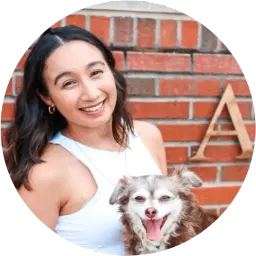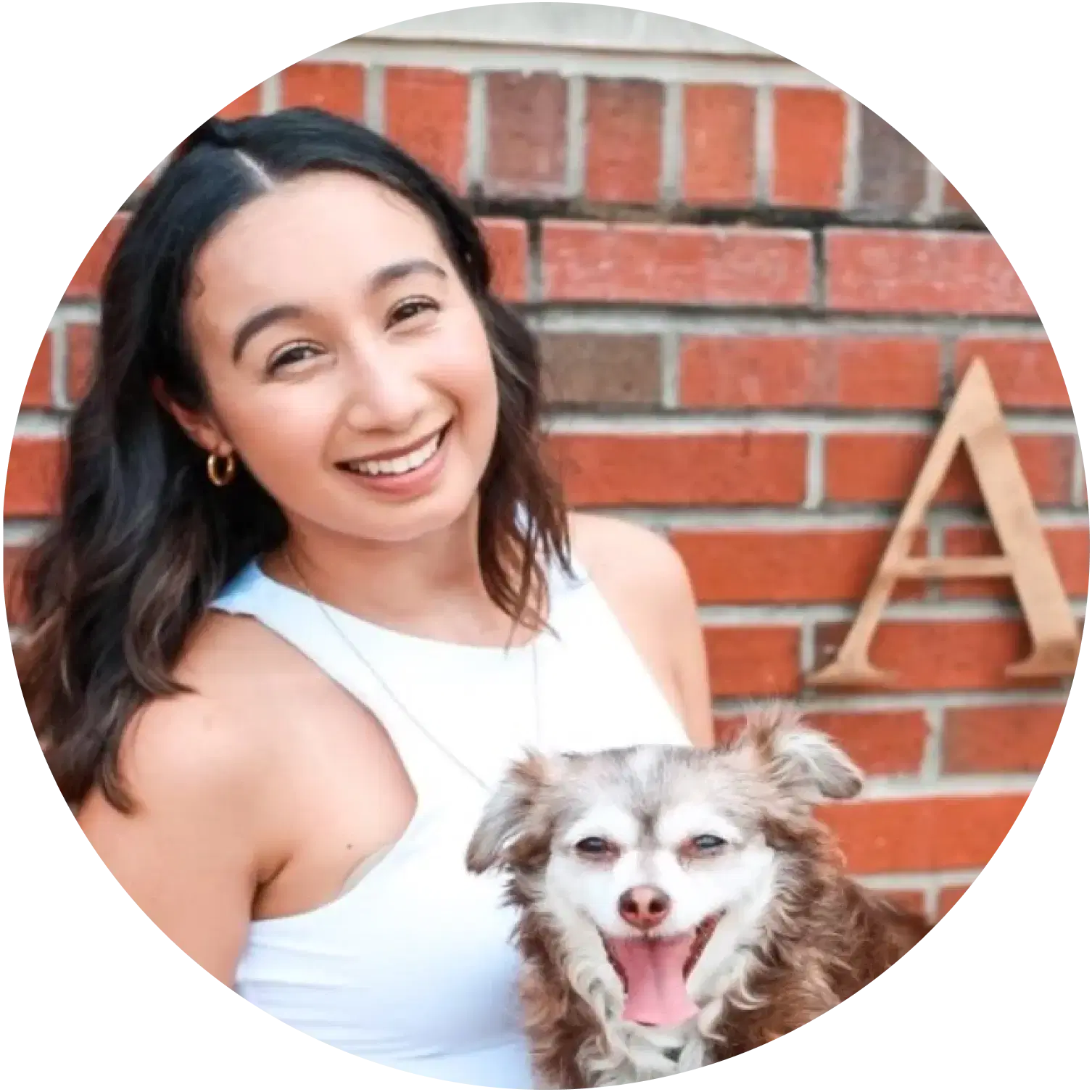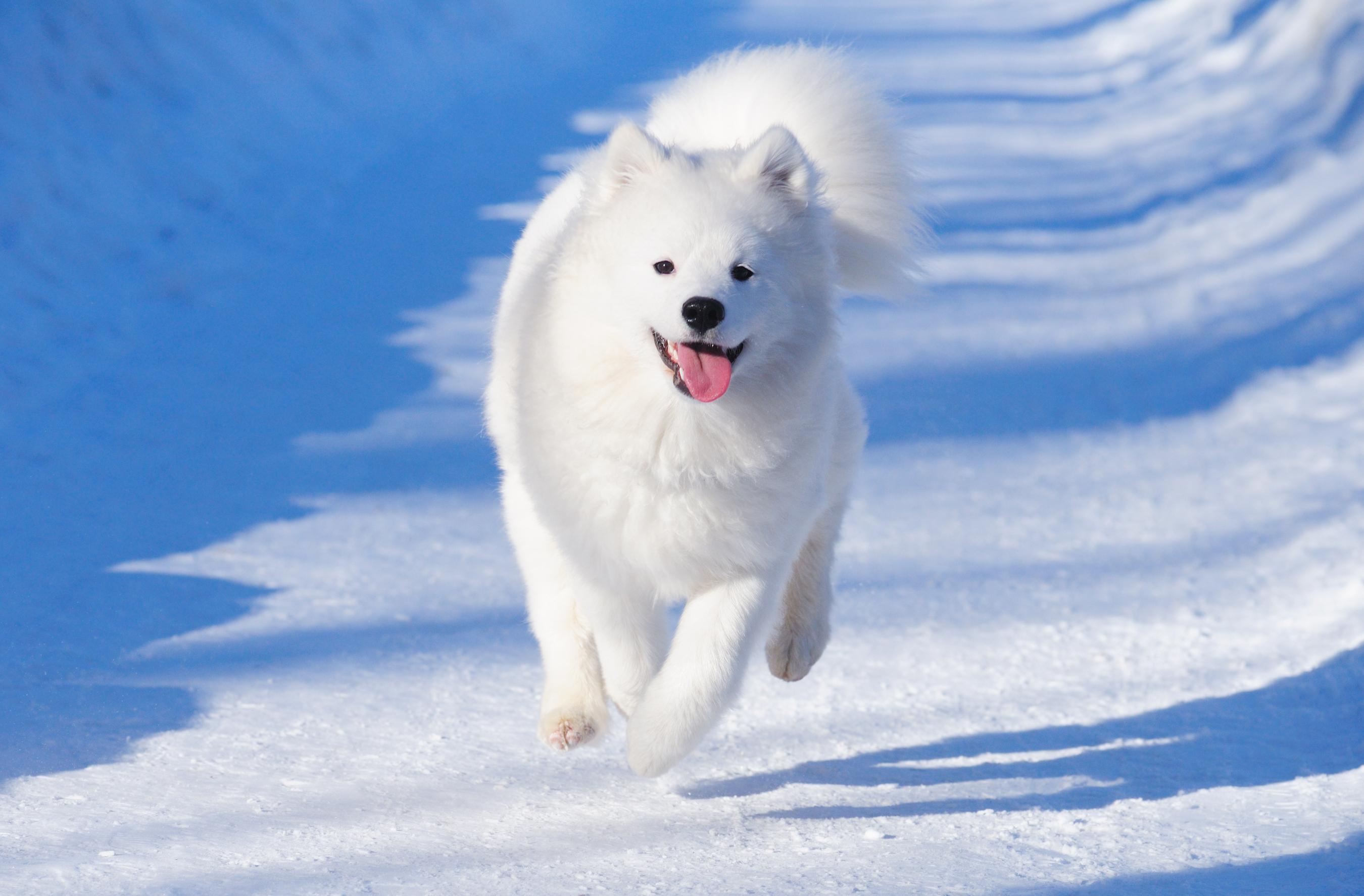Bloat in dogs, also known as gastric dilatation-volvulus (GDV), occurs when a dog's stomach fills with gas, food, or fluid, causing it to expand. In some cases, this could be a serious condition because it could put pressure on other organs and lead to serious health problems. If you are a current or potential dog owner, you are going to need to learn how to spot this problem and help your dog get better. Continue reading below to learn more from Spot Pet Insurance.
What are the Symptoms of Bloat in Dogs?
Some of the most common symptoms to look out for when it comes to bloat in dogs includes a swollen body, pain in the abdomen, drooling, excessive panting, and rapid heart rate, among many others.
How Long After Eating to Prevent Bloat in Dogs
One thing that dog parents need to keep in mind when they have a dog that is prone to bloat is to make sure that their dog waits at least two hours after eating before engaging in any strenuous exercise or playtime. This could be hard for certain breeds to follow because some are higher energy than others. In these cases, pet parents need to make sure to calm their pets down before they can hurt themselves.
Does Dry Food Cause Bloat?
Dry food alone is not a direct cause of bloat in dogs, but certain factors related to how and what your dog eats can increase the risk. One of the factors that increases the risk of bloat is the amount of dry food that a dog eats and how fast it eats it. Some studies suggest that kibble with high fat or carbohydrate content could contribute to gas buildup in the stomach, which may lead to bloat in susceptible dogs.
What Breed of Dog is Prone to Bloat?
Breeds that have deep chests and are larger are more prone to bloat. Some examples of these dog breeds include:
Doberman Pinschers
Weimaraner
Does Adding Water to Dog Food Prevent Bloat?
Yes, water may reduce the risk of bloat in dogs. The reason that water may reduce the risk of bloat is that mixing water with dry food can slow down how quickly your dog eats, which in turn minimizes the amount of air that goes into the stomach.
More About Spot Pet Insurance
Dog Insurance can help provide financial assistance for eligible veterinary care in case of unexpected accidents, illnesses, or injuries. Our plans can help pet parents manage the eligible costs of covered veterinary care and help ensure that their pets can receive the best treatment possible. Here are some ways that Spot pet insurance plans can help:
Covers Unexpected Veterinary Costs: Spot pet insurance plans cover the eligible costs of unexpected veterinary treatments, such as emergency surgeries, X-rays, and prescription medications for covered conditions.
Customizable Plans: Choose your annual limit, reimbursement rate, and deductible from a range of options, and create the plan that will fit the needs of your pet and your budget.
Peace of Mind: With Spot pet insurance plans, pet parents can know that they can provide the best care for their pet with less worry about the cost.
To learn more about Spot Plans or to get a free quote, click here.

With 10 years of experience as a pet parent, I aim to empower pet owners with insights into pet insurance and maintaining their pet's well-being. I aspire to be a trusted source, combining knowledge with a commitment to the welfare of our beloved pets.

With 15 years as a dog and cat parent, my pet articles are a mix of humor and firsthand experience - proof that the best stories often come with paws and purrs.












